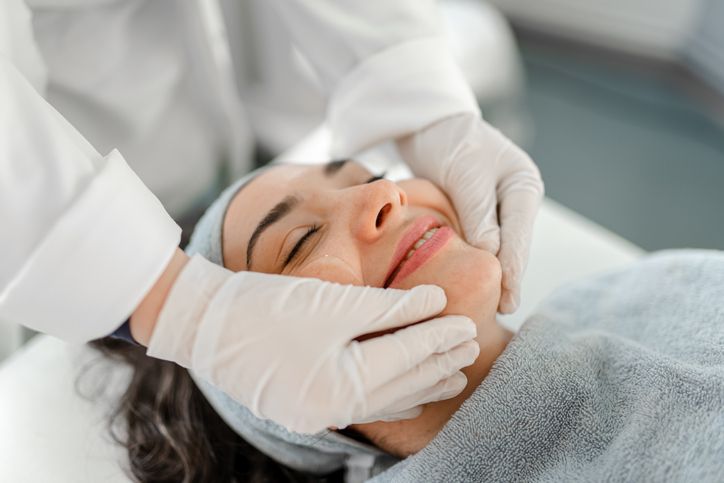Symptoms of Folliculitis: Recognize and Address Early
As a beautician, it's essential to stay informed about common skin conditions like folliculitis. This knowledge not only enhances your expertise but also empowers you to help clients recognize the symptoms of folliculitis early. Folliculitis is essentially an inflammation of the hair follicles, often caused by bacterial or fungal infections. Recognizing it early can prevent further irritation and promote healthy skin care routines.
The symptoms of folliculitis can easily be mistaken for other skin issues, making it crucial to identify it correctly. Spotting these symptoms early is the key to effective management and ensuring client satisfaction in your beauty practice.

What Does Folliculitis Look Like?
Understanding what folliculitis looks like can significantly aid in diagnosing the condition. Typically, it presents as small, red bumps or white-headed pimples around hair follicles. These bumps can be itchy and uncomfortable, leading to further irritation if not addressed promptly.
Key Symptoms to Watch For
The primary symptoms of folliculitis include:
- Clusters of small red or pus-filled bumps around hair follicles.
- Itching or burning sensations in the affected area.
- Tenderness or pain, especially when touched.
- Possible swelling or reddening around the follicles.
It's crucial to educate clients about these symptoms to prevent them from exacerbating the issue by scratching or applying non-recommended treatments.
Preventive Measures for Beauticians
Prevention is better than cure. As a beautician, advising your clients on proper skin hygiene can reduce the risk of folliculitis. Emphasize the importance of clean razors, avoiding tight clothing that irritates the skin, and using gentle, non-comedogenic skin care products.
For more detailed prevention tips, you might find this guide on what is folliculitis particularly useful.
Treatment Options and Advice
Once folliculitis is diagnosed, a range of treatment options are available. Mild cases often resolve on their own with proper hygiene and avoiding irritants. However, more persistent cases may require topical or oral antibiotics or antifungal treatments.
Advising clients to avoid shaving the affected area and suggesting loose-fitting clothing can also aid in the healing process. For a comprehensive understanding of treatment options, consider referring to this resource.
Deep Dive into Causes
Understanding the various causes of folliculitis can help in strategizing preventive measures for your clients. The common factors include bacteria, fungi, ingrown hairs, and friction from clothing.
For a deeper understanding of the causes of folliculitis, explore this resource on causes of folliculitis.
Empowering Your Beauty Practice
Staying informed about skin conditions like folliculitis not only elevates your expertise but also builds trust with your clients. They rely on you for solutions and advice that align with their skin care needs.
By integrating this knowledge into your daily practice, you can provide more personalized care, ensuring that your clients leave happy and well-informed.
Final Thoughts
The knowledge about the symptoms of folliculitis and its management is indispensable in the field of beauty and skin care. By recognizing these symptoms early and advising proper care, you contribute to your clients' overall skin health.
Engage with more informational content, such as this article on allergies causing butt breakouts, to broaden your understanding and apply it effectively in your practice.

FAQ
What are the common causes of folliculitis in clients?
Common causes include bacterial or fungal infections, ingrown hairs, friction from clothes, and improper shaving techniques.
Can folliculitis be prevented with regular salon visits?
Regular salon visits can help maintain skin cleanliness and implement preventive measures, reducing the risk of folliculitis.
What should clients do if they suspect they have folliculitis?
Clients should seek professional advice to confirm the diagnosis and receive guidance on appropriate treatment and skin care routines.

